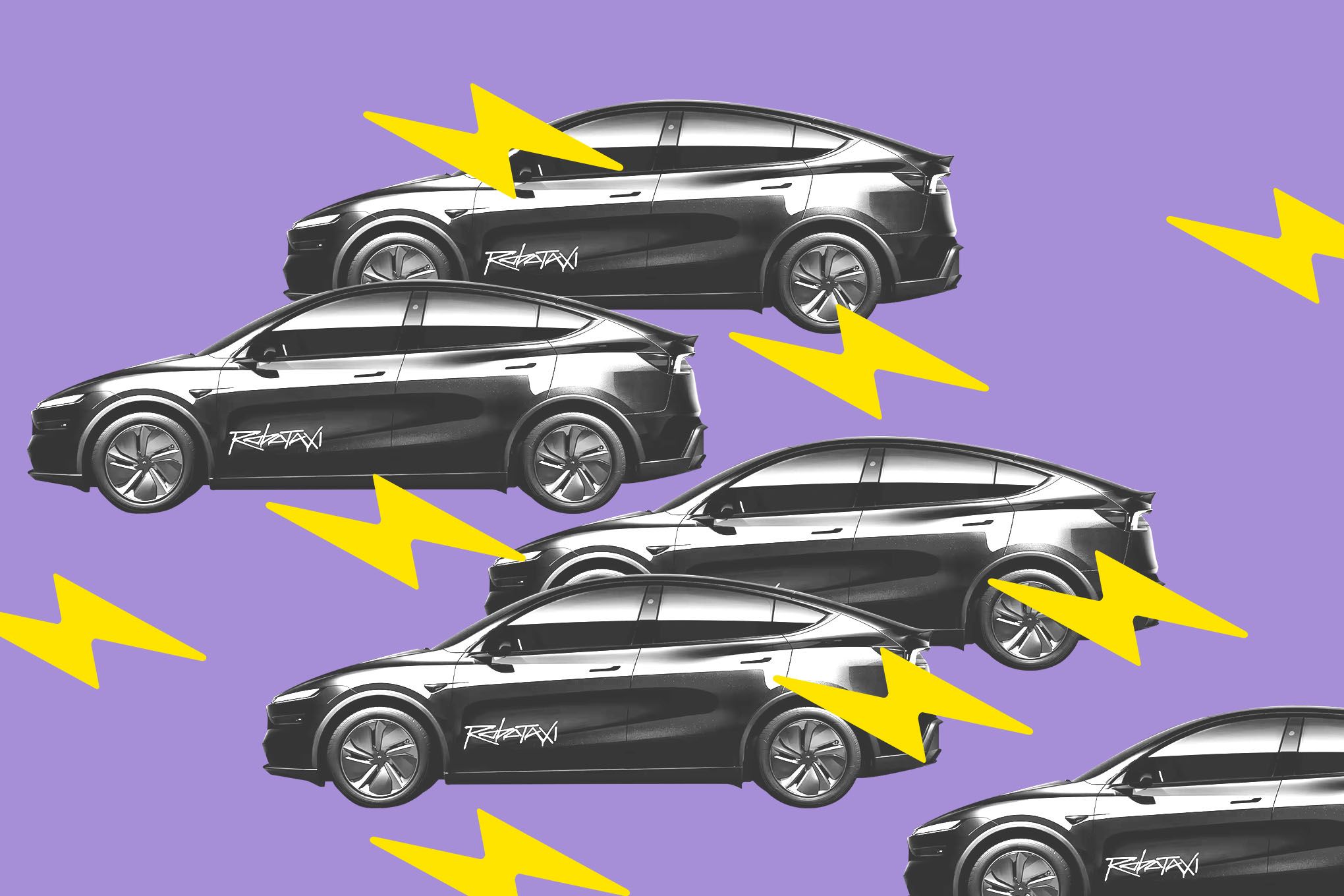Tesla CEO Elon Musk just dropped a bombshell on investors: the company plans to remove safety monitors from its robotaxis in Austin by the end of 2025, marking a major leap toward fully autonomous ride-hailing. The announcement comes as Tesla prepares to expand its robotaxi service to 8-10 new states, potentially putting the company ahead of competitors like Waymo in the race to deploy truly driverless vehicles at scale.
Tesla just made its boldest autonomous driving promise yet. During an earnings call with investors, CEO Elon Musk declared the company will eliminate safety monitors from its robotaxi fleet in Austin "within a few months" - a move that would put Tesla on par with Waymo's fully autonomous operations. "We are expecting to have no safety drivers in at least large parts of Austin by the end of this year," Musk told investors, according to The Verge's coverage. "We're obviously being very cautious about the deployment." The announcement represents a critical inflection point for Tesla's Full Self-Driving technology, which has faced years of regulatory scrutiny and missed deadlines. Currently, Tesla's robotaxis in both Austin and San Francisco require human safety monitors - passengers in Austin, drivers in San Francisco - who can hit a kill switch if needed. Waymo, by contrast, operates its commercial robotaxi service without any human oversight. But Tesla's data suggests the training wheels might finally be ready to come off. Ashok Elluswamy, Tesla's VP of AI software, revealed during the call that the company's Austin fleet has covered "more than a quarter million miles," while San Francisco vehicles have logged "more than a million" autonomous miles. These numbers matter because they represent real-world testing at scale - the kind of data regulators need to see before approving fully driverless operations. Musk's confidence stems partly from Tesla's unique approach to autonomous driving. While Waymo relies on expensive LiDAR sensors and pre-mapped routes, Tesla uses cameras and neural networks trained on data from millions of customer vehicles. This "vision-only" strategy has been controversial, but Musk argues it's now proving itself in practice. The timing isn't coincidental. Tesla faces increasing competition from established players like Waymo and emerging startups like Cruise (despite its recent setbacks). By removing safety drivers first, Tesla could claim a crucial marketing advantage in the robotaxi wars. "Obviously even one accident will be front page headline news worldwide," Musk admitted during the call. "So it's better for us to take a cautious approach here." That caution extends to Tesla's expansion plans. The company expects to launch robotaxi services in 8-10 new states before year-end, with Nevada, Florida, and Arizona leading the list. But these new markets will start with safety monitors - a pragmatic approach given varying state regulations around autonomous vehicles. The regulatory landscape remains Tesla's biggest wildcard. California's DMV has already raised questions about Tesla's robotaxi operations, and federal oversight continues to evolve. Success in Austin could provide the regulatory proof-of-concept Tesla needs for broader deployment. For investors, the implications are massive. Tesla's robotaxi network could generate billions in recurring revenue, transforming the company from a car manufacturer into a mobility service provider. Musk has previously predicted robotaxis would be available to "50 percent" of the US population by year-end - an ambitious target that now seems within reach. The competitive dynamics are shifting rapidly too. While Waymo operates in limited areas of Phoenix and San Francisco, Tesla's approach could enable faster geographic expansion. Each Tesla vehicle on the road contributes training data, creating a potential moat around the company's AI capabilities.



